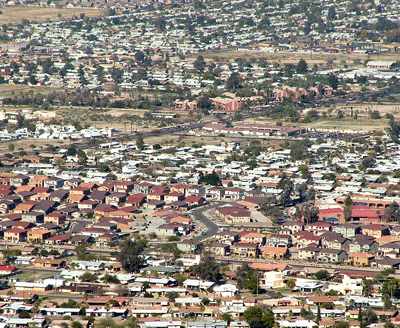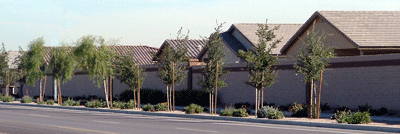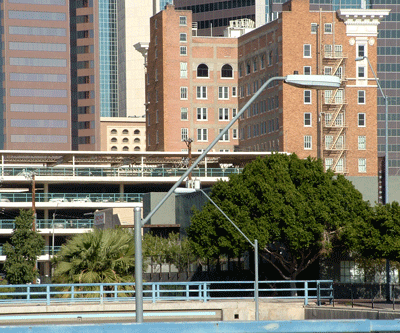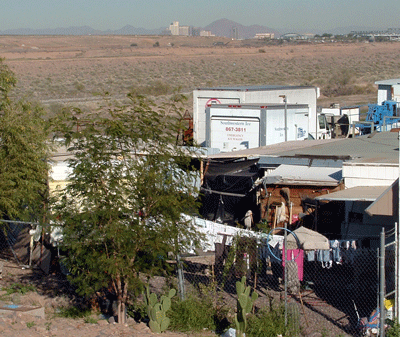Tales of a 21st Century Gypsy
December 3, 2004 Phoenix
The drive from the Grand Canyon to Phoenix was a lesson in contrasts. The Canyon was forested, cold, and snowy. The snow disappeared thirty miles down the road, and the landscape was open scrub, views extending for miles in every direction. As I hit I-40 the weather got nasty, swirling snow and ice reducing visibility and making the drive a bit scary. I pulled into a gas station in Prescott where it was pouring down rain and nasty cold. And then in the last ninety miles to Phoenix the temperature rose thirty degrees, the sun came out, the sky turned blue, and the hills were suddenly dotted with tall proud saguaro cactus, like formal sentinels gravely dancing across the landscape. As I pulled into Phoenix palm trees towered over highway and suburban lawns.
I was headed to the home of a fellow vanagonaut, who had answered my emailed plea for a place to park my van for a week when I flew east for Thanksgiving. Staying with Karl and his family turned out to be a delight. Karl is a professional photographer with a quirky sense of humor. He’s a great cook, and makes a really mean cup of strong coffee. We spent hours looking at pictures, his and mine, talking about what made them good or bad, how to crop them, why we liked them or didn’t. We talked for hours. I couldn’t say what all we found to talk about, but we had a great time at it. The next day he drove me to the airport, and I agreed that I would stay on a bit when I returned from Thanksgiving so he could show me some of Phoenix.
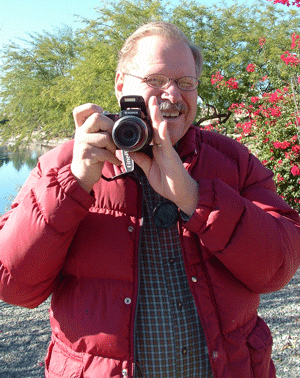
Staying on turned out to be no problem. For once it wasn’t my van that broke down – this time it was my computer. Once again I was thrown on the kindness of strangers as I waited for parts. Despite my pleas that he didn’t have to entertain me, Karl took me on an excursion to the outskirts of Phoenix, to show me the town and the mountains surrounding it. We drove to the top of South Mountain, both of us taking photos of landscape, plants, houses, and each other. When a tourist asked Karl to take a picture of him, we joked that he charges for that service, but the tourist didn’t catch it.
